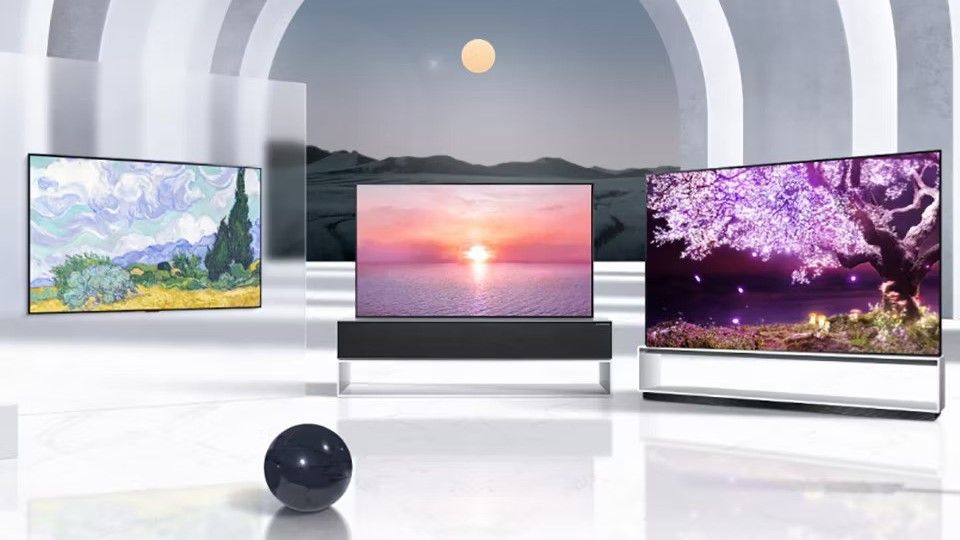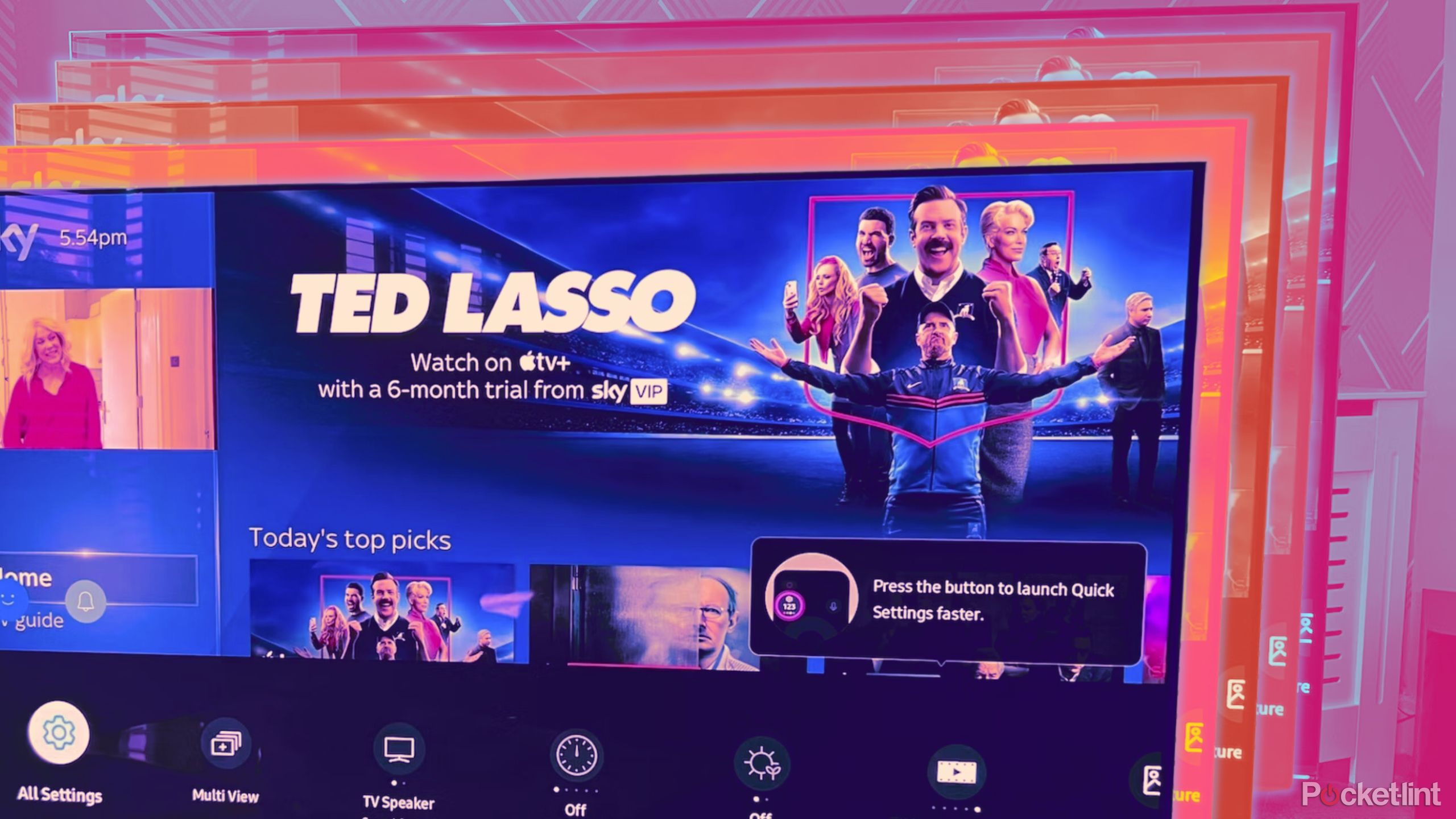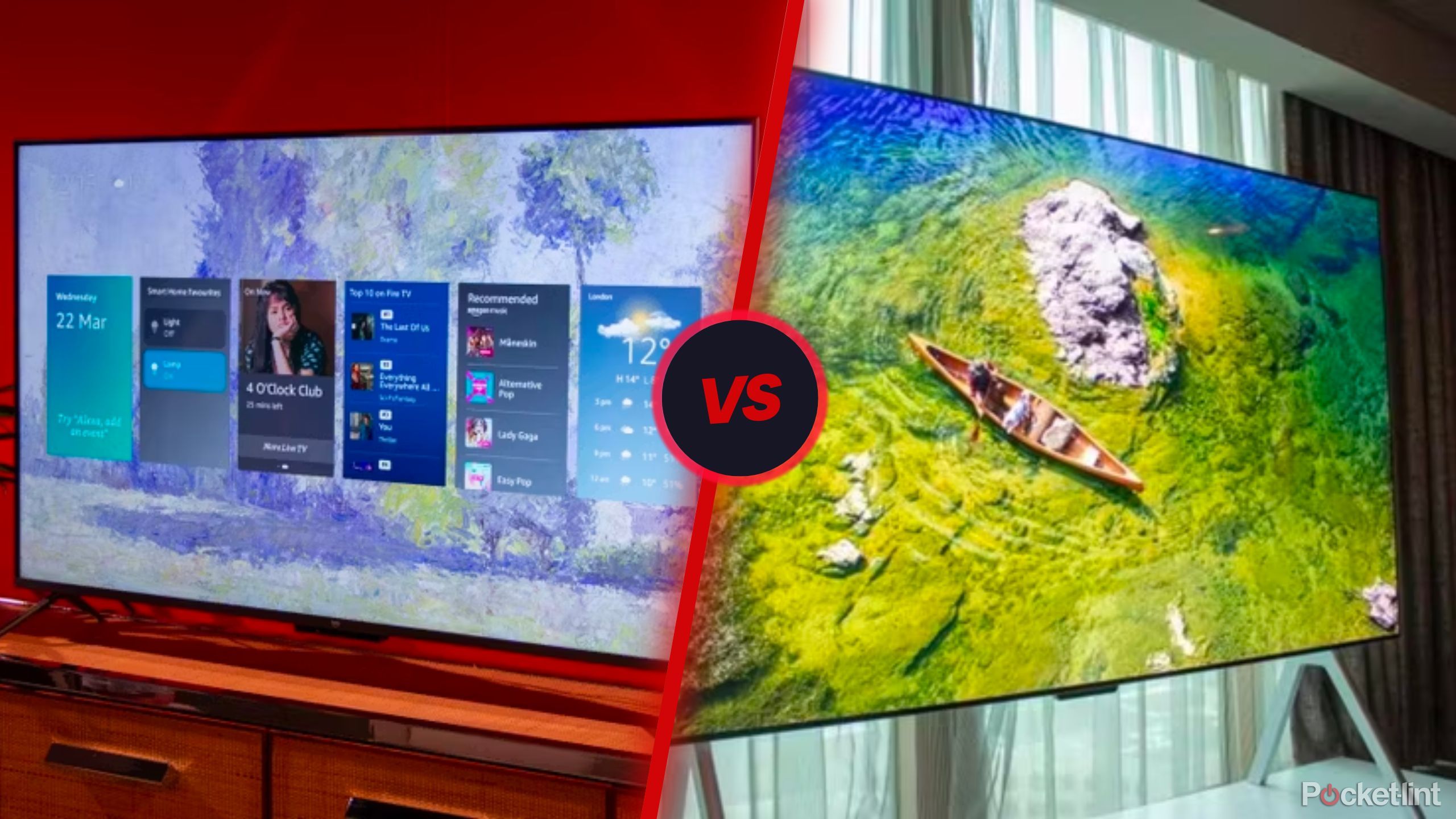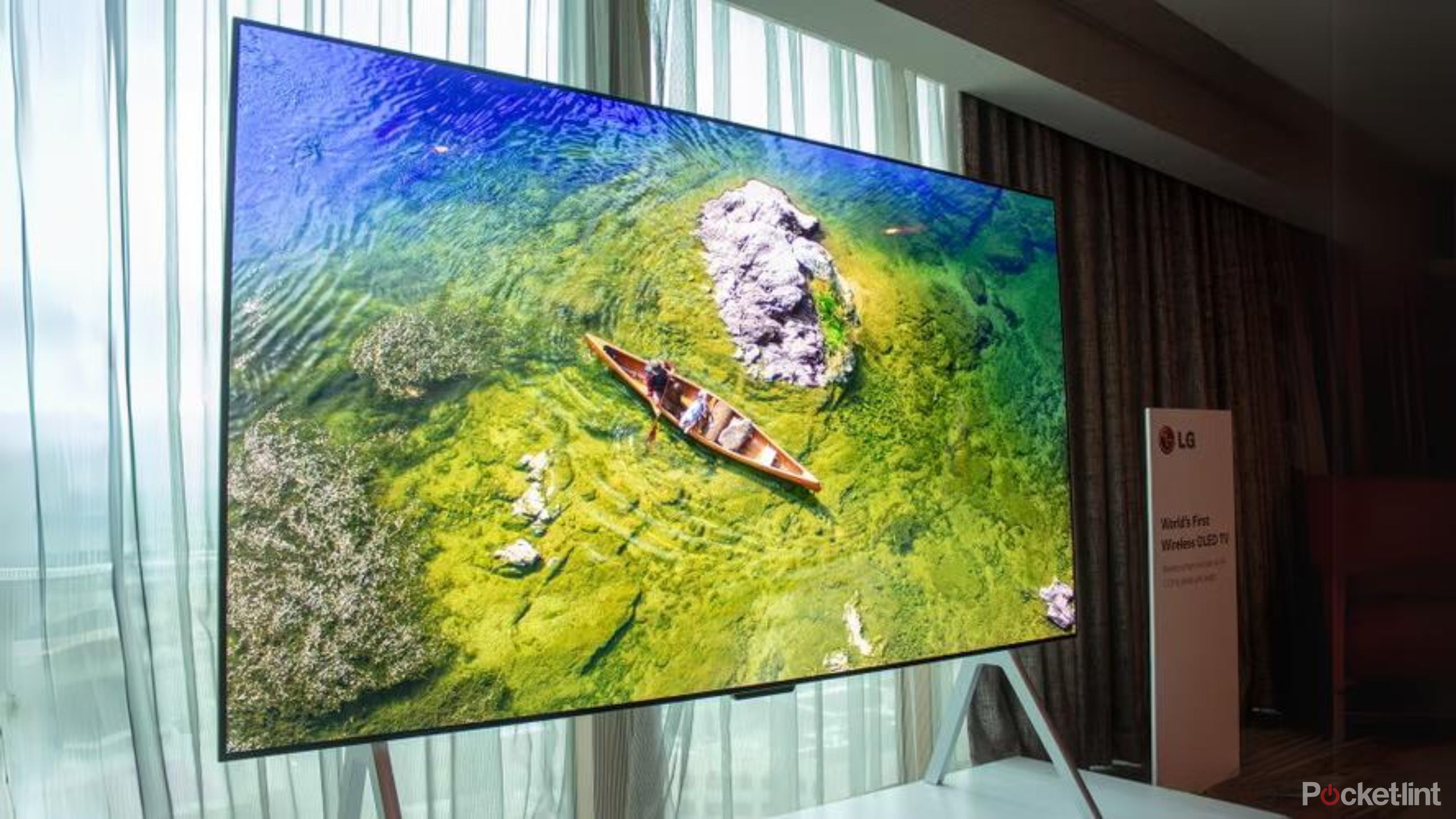Key Takeaways
- OLED and QLED screens prioritize contrast and brightness, respectively, offering unique viewing benefits in the TV industry.
- OLED excels in contrast, creating true blacks, while QLED focuses on boosting color range and brightness with a quantum-dot filter.
- OLED screens are ideal for cinematic content in dark rooms, offer better response rates than QLED, consume less power, and provide wider viewing angles.
TV screen display technology can be quite confusing, and manufacturers don’t make it easy. However, among the many acronyms and abbreviations in the often confusing and sometimes overwhelming TV industry, the two screen types that lead the way are OLED and QLED. These opposing technologies each put a different aspect of screen visuals as its priority, with OLED, in general, emphasizing contrast and QLED favoring brightness.
7 biggest signs it’s time to upgrade your TV
You might be tempted by newer technologies, a slimmer aesthetic, or it’s been more than five years.
OLED stands for organic light-emitting diode, and it’s screen technology that employs individual pixels that can each turn on and off. QLED, meanwhile, stands for quantum light-emitting diode, and is more a marketing term than an actual type of technology. QLED is an LCD screen that utilizes a quantum-dot filter in order to boost the range and brightness of colors. QLED screens use a backlight, while OLED do not; the pixels are self-emissive.
So which is better? From my testing and experience, OLED screens triumph in a few key areas that shouldn’t be overlooked.
1 You enjoy cinematic content
And action films and live sports
Where OLED screens excel is contrast. Because each individual pixel can be turned off, these tiny areas of the TV can achieve true black. This is in stark contrast, pun intended, to QLED TVs, which use local dimming zones in order to make the screen darker. As close as such screens can get to true black, and they are increasingly close, it’s not the same as a light completely turning off as there tends to be some shadow or blurring, however faint.

OLED vs QD-OLED vs Mini LED vs MicroLED: Different TV techs explained
TV jargon and acronyms can be confusing, but each has their own unique viewing benefits. We break them down.
OLED screens come in handy when watching a lot of new content, particularly those made by streaming services or networks with a focus on so-called prestige content. That’s because many studios and filmmakers create content with a cinematic flair, with technologies and techniques that allow filming in low light. That’s why if you don’t have a TV that’s up to task, content might not look as good at home as it would in a cinema or as the filmmaker intended.
These pixels are also quite fast, so much so that OLED screens possess a better response rate than QLED screens. The differences comes down to fractions of milliseconds, but for those who enjoy high-octane action movies where directors insist on excessive amounts of edits, or live sports, the difference can be noticeable.
2 You’re watching in a dark room
OLED thrives in a theater environment
While OLED TVs are better than QLED at achieving contrast, they often struggle to hit the same peak brightness. Just as companies that make QLED screens are seeking out methods to get as close to true black as possible and improve contrast, LG and others that manufacture OLED TVs look to boost brightness as much as possible.
Still, you can help out with your OLED screen by using it in a room with little to no sunlight, or at least ways to keep the light out. The best OLED screens work to reduce glare, but the easiest way around this is to simply not have any glare to begin with.

6 tricks for making your TV screen seem brighter
As a cinephile, here’s how I tackle a hard-to-see screen now that more TV shows are in their “dark” era.
Similarly, because of the relatively low brightness levels and the TV being optimized for use in a dark room, OLED TVs tend to consume less power. They are also typically better for viewers who may have any visual sensitives as they often produce less irritating blue light.
3 You need a wide-viewing angle
More are welcome with OLED TVs
Newer TVs are all striving to offer image fidelity from wide viewing angles, but OLED screens are the best at accomplishing the task. While you should always try to sit at an appropriate distance from the TV, positioned in the center of the screen, that’s not always viable, especially when multiple people are gathering around to watch the screen.
With OLED screens, you can welcome a large group of people to gather around and watch the TV, with worthy seats from a variety of angles.
QLED screens are not up to this task, as the further you move from the center, the more you’ll notice a loss in quality of brightness and contrast.
With OLED screens, however, you can welcome a large group of people to gather around and watch the TV, with worthy seats from a variety of angles. Even if you’re in a household of just a couple of people who will regularly watch TV together, it might be difficult for you both to sit right in the center. OLED is the best option so that everyone can watch without sensing distortion or feeling like they are missing out.
All of these edges and advantages require a bit of perspective, as manufacturers of both screen types regularly innovate to make up for their respective deficiencies. Both OLED and QLED technologies continue to improve each year, and the gap between the two is narrowing.
4 You have a loose budget
OLED TVs are pricey
If you’re looking to invest in a home theater system, and a budget does not factor into the equation, then OLED TVs are worth the purchase. OLED TVs generally come at a much higher cost than comparable QLED TVs of similar sizes, but the image quality and fidelity prove it’s often worth the cost. The screen technology is simply more expensive than that of the QLED screen, so the upfront cost is much higher.
OLED TVs generally come at a much higher cost than comparable QLED TVs of similar sizes, but the image quality and fidelity prove it’s often worth the cost.
That price tag can sway a lot of buyers, or force consumers to consider a smaller-sized OLED TV, since the cost becomes prohibitive as size increases. If money is not a concern, then OLED is the better choice. It’s still possible to find a relatively well-priced OLED screen, but for those who want the latest technology and the biggest screen to fit a particular room, then you’ll have to pay a lot for the OLED TV.

QLED vs OLED TVs: What’s the real difference and what does it even mean?
TV shopping is fun, but jargon heavy. We break down the differences between QLED and OLED technology, how they work, and which type is better for you.
With companies looking to boost up what each screen lacks, it is worth noting that the quality gap between OLED and QLED screens has narrowed over the past few years. Still, if price isn’t a restrictive force, however, the best OLED TVs are the better choice when seeking out image fidelity and a theater-like experience.
Trending Products

Cooler Master MasterBox Q300L Micro-ATX Tower with Magnetic Design Dust Filter, Transparent Acrylic Side Panel…

ASUS TUF Gaming GT301 ZAKU II Edition ATX mid-Tower Compact case with Tempered Glass Side Panel, Honeycomb Front Panel…

ASUS TUF Gaming GT501 Mid-Tower Computer Case for up to EATX Motherboards with USB 3.0 Front Panel Cases GT501/GRY/WITH…

be quiet! Pure Base 500DX Black, Mid Tower ATX case, ARGB, 3 pre-installed Pure Wings 2, BGW37, tempered glass window

ASUS ROG Strix Helios GX601 White Edition RGB Mid-Tower Computer Case for ATX/EATX Motherboards with tempered glass…













